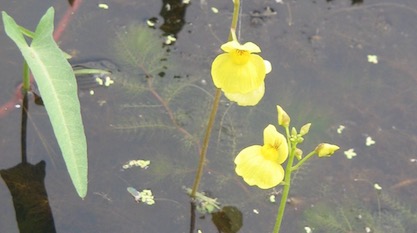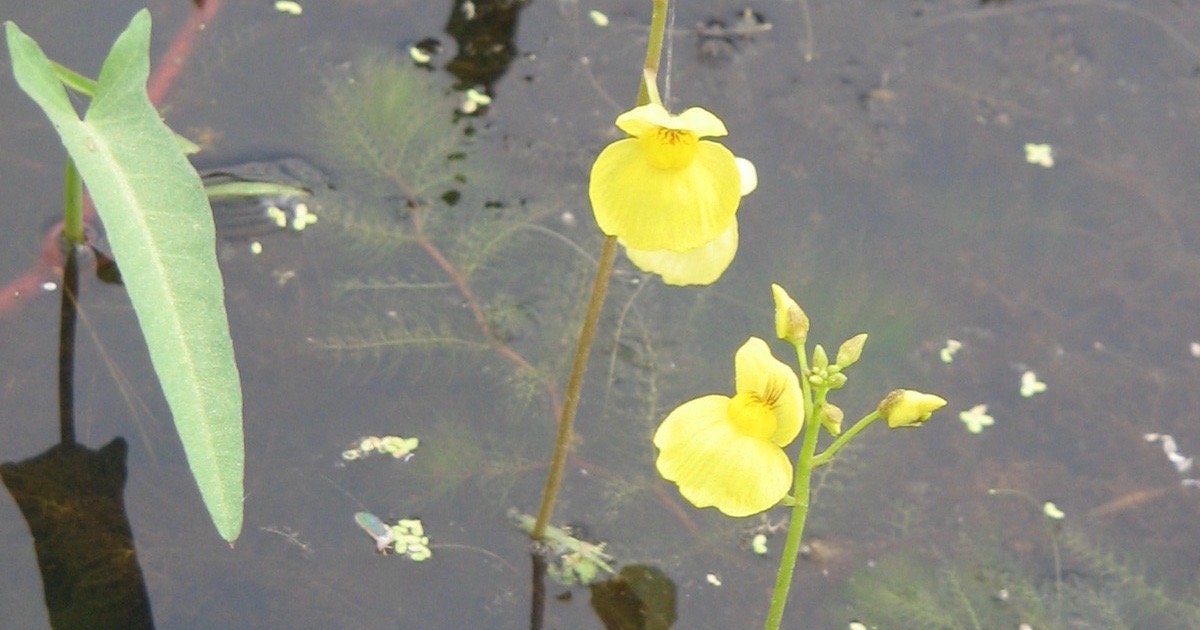 Life Sciences
Life Sciences
Lesson from a Carnivorous Plant


I won’t pretend to you that this isn’t a stressful time. In search of distraction, today I’ve been thinking about a rather odd water dweller. It’s the carnivorous plant Utricularia, aka aquatic bladderwort. Granville Sewell wrote about it here recently, citing plant geneticist Wolf-Ekkehard Lönnig and others, calling it “Michael Behe’s ‘Irreducibly Complex’ Mousetrap in Nature.” Its mechanism is not just complex, but irreducibly so. Like a mousetrap, it requires purpose in its design. Check out these videos:
The video from the John Innes Centre in the U.K. concludes, “Plants are seriously smart.” I can’t tell if that’s supposed to be ironic, but the mechanism is indeed ingenious.
If your German skills are up for it, you can read Dr. Lönnig’s book on The Evolution of Carnivorous Plants, downloadable here, detailing the limits of what natural selection can do in this case of the “fastest plant in the world,” the “most wonderful plant in the world,” with the “fastest trapping movement of all carnivorous plants.” (These are some comments of his fellow scientists cited in the book.)
Aquatic bladderworts don’t have the charm of a rose, a lily, cherry blossoms, or many other plants you can think of. Even the name is unlovely. They don’t appear at all on a chart of symbolic plants, which bring to mind wonderful associations of love, passion, and other sentiments.
In-Your-Face Intelligent Design
But in being such an in-your-face example of intelligent design, this plant has something else to recommend it. As Michael Behe told me in an email, “It’s craziness to think such wonders don’t require design.” Dr. Sewell adds, “All of the carnivorous plants are great examples of irreducible complexity, but the bladderwort is especially interesting because of its water-tight trap (with trigger hair attached to a valve-like door). How much of a selective advantage is there in an ‘almost’ water-tight bladder?” So too with the “Lovable Venus Flytrap,” as a Marcos Eberlin has put it, whose design can only reflect “foresight.” Lönnig and a colleague from the Max Planck Institute for Plant Breeding Research point to “other carnivorous plant genera (Dionaea, Aldovanda, Genlisea) [that] come at least very near to ‘such a case’ of irreducible complexity.”
The lesson may be that while nature can be frightening — like a storm at sea, as Behe wrote here the other day — it also demonstrates that a plan, a design, is somehow at work. It’s a highly complex plan, beyond our ability to fully comprehend. Evolutionists may deny it. But the world is not a place ruled by random forces alone. Whether the rose or the bladderwort, the marvels of life did not come about solely by chance workings in the blind natural world. Behind the veil there is a good plan.
Photo at the top: Utricularia aurea, by Meneerke bloem / CC BY-SA.
